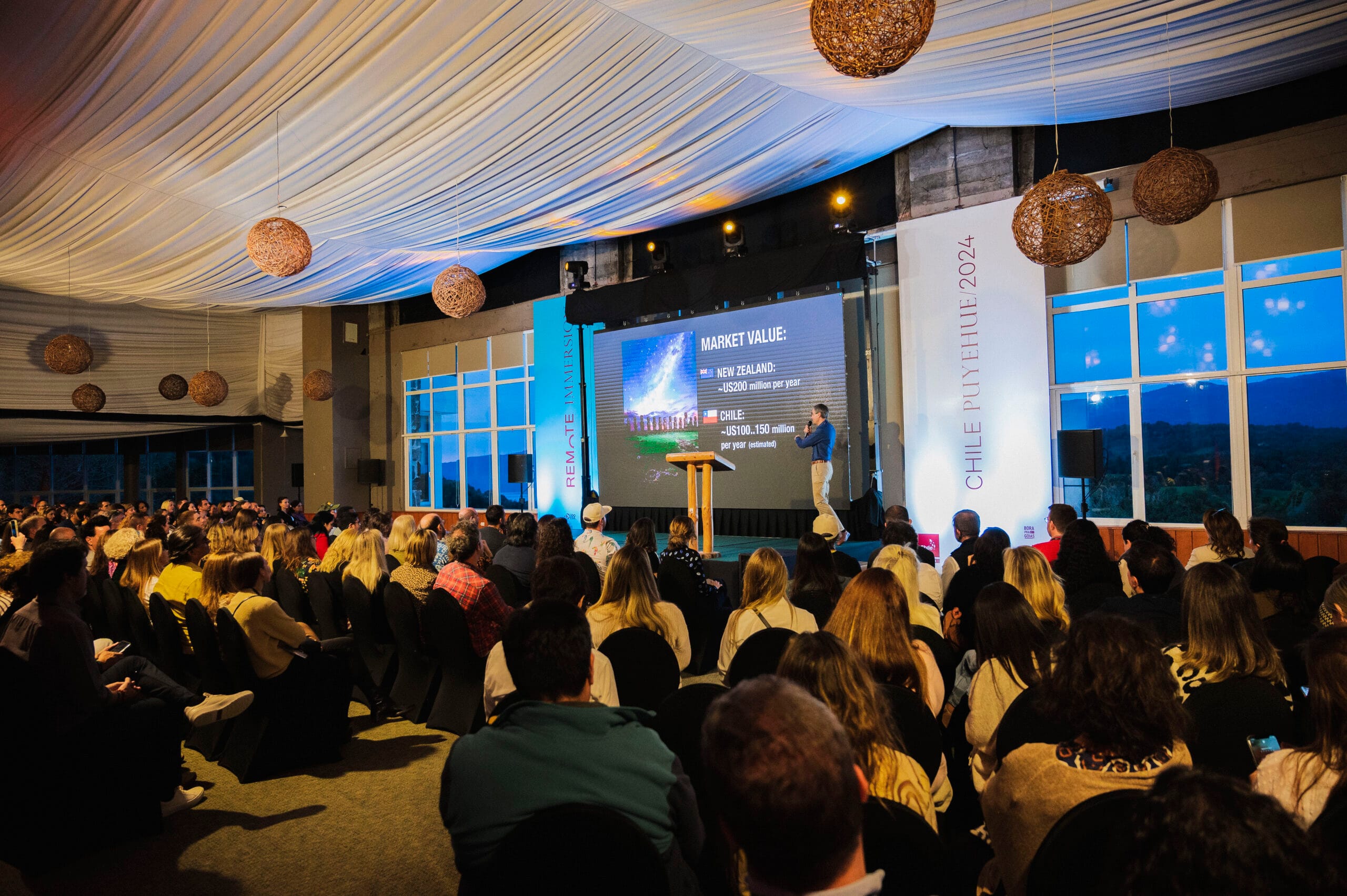When we think of Patagonia, a frozen territory comes to mind—with its snowy peaks, glaciers, and freezing temperatures. Whether in Argentina or Chile, this sweeping area with approximately 800 square kilometers, which encompasses the southern edge of South America, is the spirit of icy adventures, like skiing and winter hiking. Patagonia has the highest number of glaciers outside the polar zones, with an average temperature of –10 °C, varying from 10 °C in summer to –20 °C in winter. However, Patagonia goes far beyond the breathtaking snow landscapes and experiences.
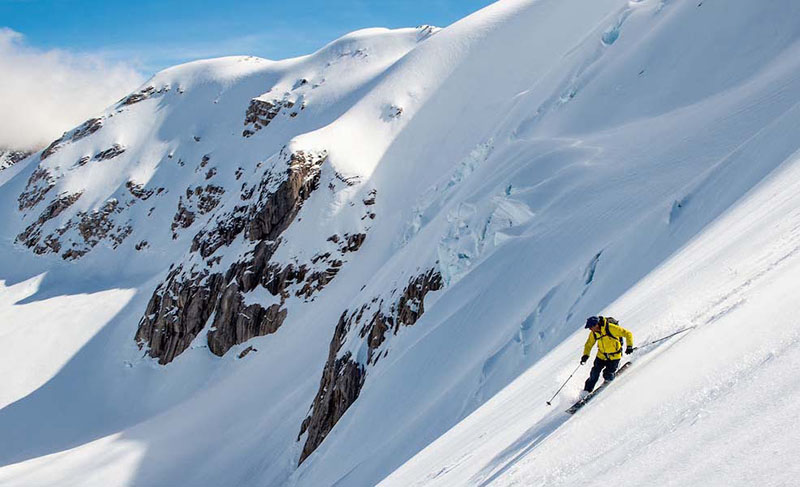
The Andes Mountains are the dividing line between the Chilean and the Argentinian Patagonia, each of them being unique. Although most of the Patagonian territory is in Argentina and features a more arid region with pastures and deserts, it is in Chile we contemplate a stunning diversity of virtually untouched environments and formations. These give life to the “Green Patagonia”, where temperate forests, parks, fjords, and archipelagos coexist.
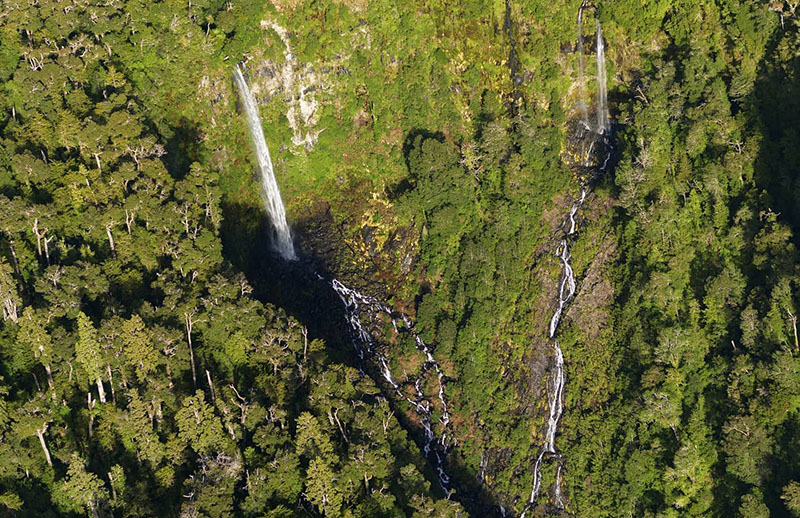
The Chilean Patagonia stretches over a thousand miles from north to south, including the regions of Araucanía, Los Ríos, Los Lagos, Aysén, and Magallanes. Like the Argentinian Patagonia, it is one of the least populated areas in the world, with an average of no more than two people per square kilometer. What then makes the Chilean side so special?
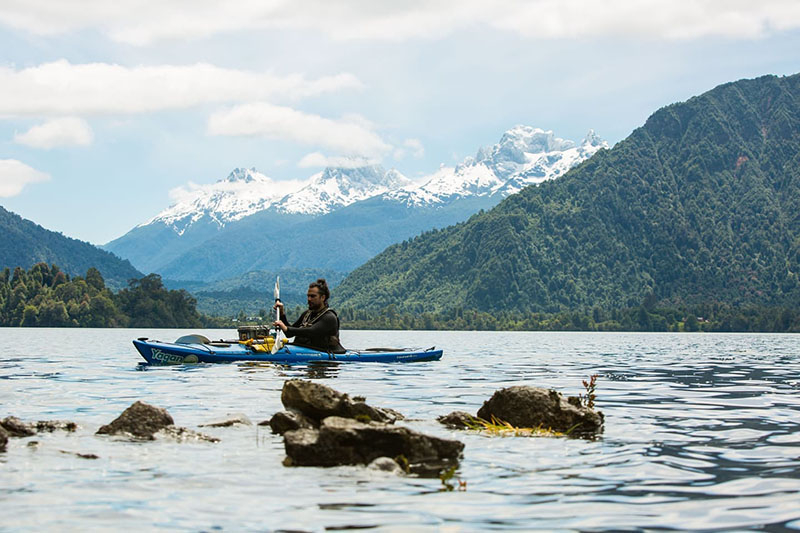
Between the Andes Mountains and the Pacific Ocean, an uncharted Green Patagonia features mountains covered with forests, turquoise rivers that speed down from the heights, lakes immersed in deep valleys, glaciers, waterfalls, fjords, and beaches. This territory that goes far beyond the eye can see is in the south of Chile as part of Los Lagos and extends down through the Carretera Austral to the communes of Cochamó, Hualaihué, Chaitén, Futaleufú, and Palena. Green Patagonia is also home to a melting pot of cultures, like the Gauchos, the Mapuche Indigenous people and the Chilote, who live on the coast.
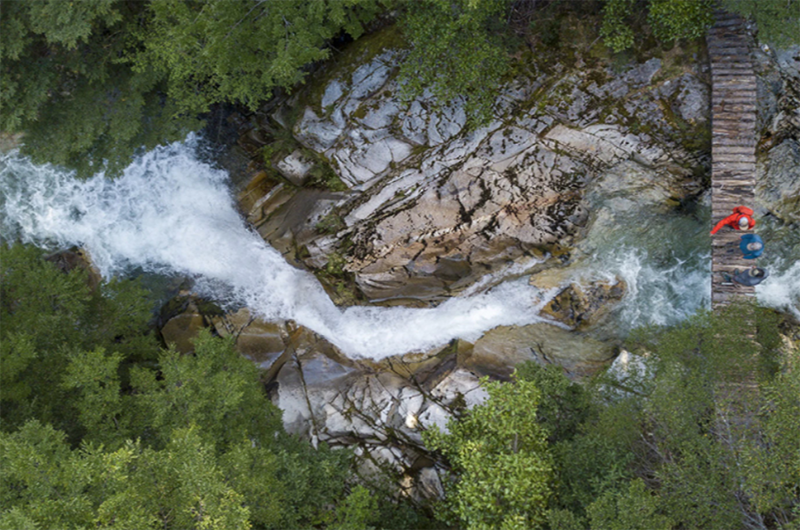
Some corners hide lodging secrets like the design hotel AWA , on the banks of the pleasant Lake Llanquihe; the self-sustaining community and smart villages of PATA Lodge , in Futalefú; the charming Puyuhuapi Lodge , accessible only by boat, and the retreat for anglers and adventurers, Rio Palena Lodge , on the border between the Andes and Green Patagonia.
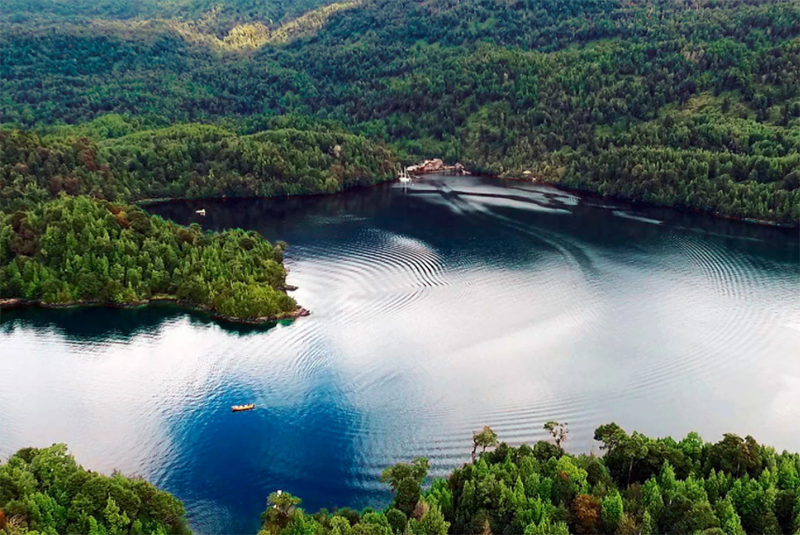
Going further south, Patagonia Verde changes its characteristics, becoming a region of temperate forests, better known as the Magellanic subpolar forests, which extend down to the Tierra del Fuego archipelago and west to the Pacific Ocean. In a region surrounded by parks and reserves, the most famous of them stands out: Torres del Paine National Park encompasses mountains, glaciers, lakes, rivers, and the imposing Cordillera del Paine, in a transition area between the subpolar forests, the Andes and the Patagonian steppes.
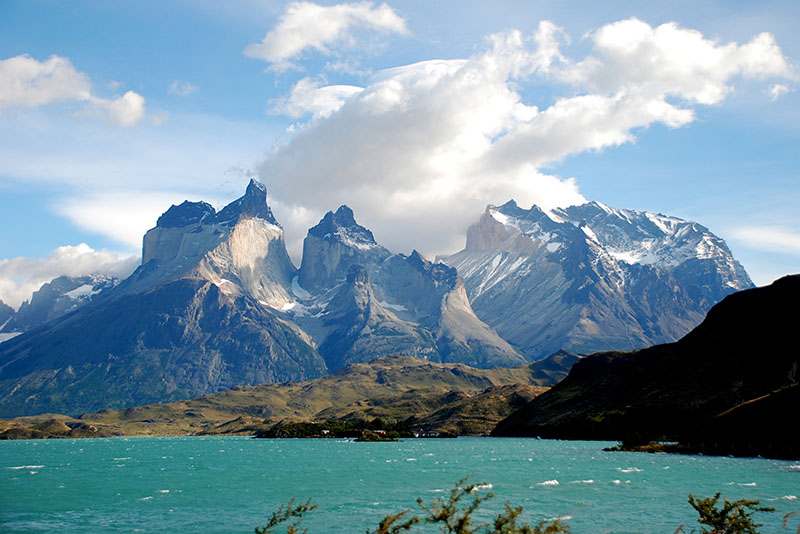
This is the perfect setting for other unique hotels such as the fantastic sustainable domes of EcoCamp Patagonia , located within Torres del Paine park, and the magnificent Tierra Patagonia , just outside the park, with its rare views.
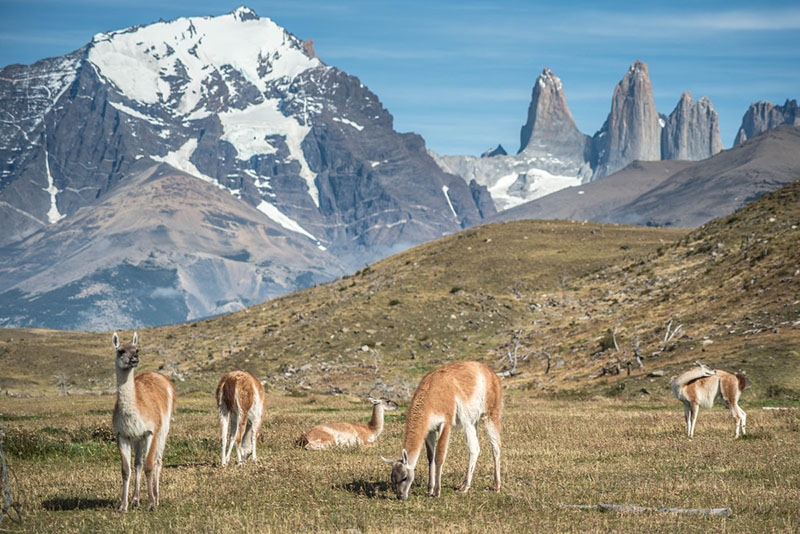
The Route of Parks of Chilean Patagonia
Spanning 17 National Parks and protecting 28 million acres of the Chilean Patagonia, the Route of Parks is a pioneering initiative that aims to bring together tourism, environmental conservation, and advantages for local communities. Storing one of the highest carbon rates in South America (only second to the Amazon), the region covers over one-third of the Chilean territory.
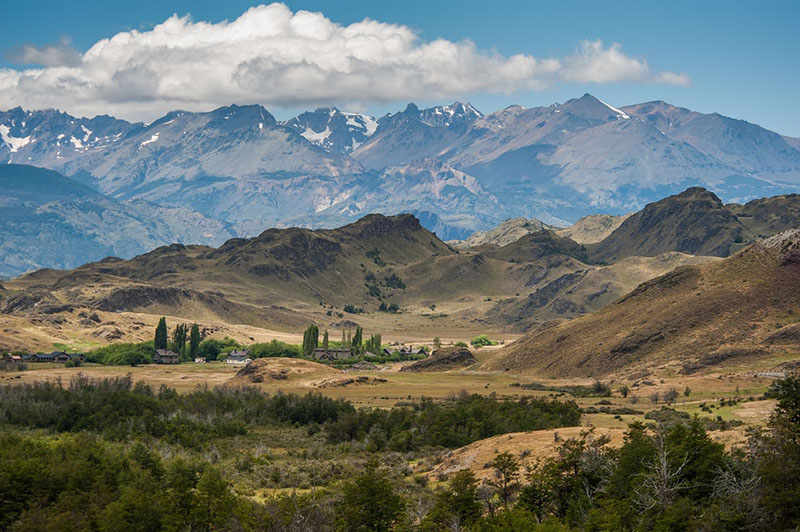
The Route of Parks in the Chilean Patagonia was inspired by years of investments made by Rewilding Chile (former Tompkins Conservation ) in land acquisition to protect it. The majority of these areas were transformed into National Parks, which connect to other conserved areas and embrace a route of 1,700 miles between Puerto Montt and Cape Horn. Most parks are open to visitation and have their very own special attractions. The challenge now is to engage over 60 communities in tourism activities.


